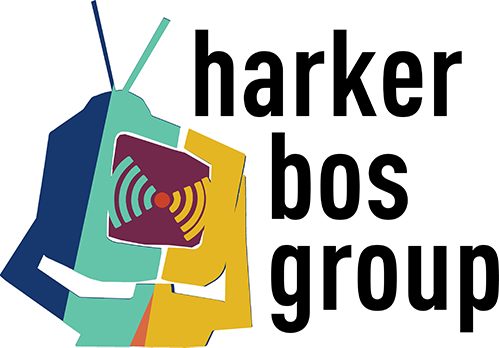Do You Know Your Audience? – How to Use Research
Programming a spoken word format in 2024 is no small task. The challenges can be overwhelming, with one of the most significant questions being, “Do I know my audience?” Do you truly understand what they want when they listen, or what drives them away? The way people consume content has evolved, with listeners now in control due to the vast array of choices available to them. In the past, it was easier to navigate, with only a few TV stations, a couple of radio stations, and a newspaper to compete with. Today, the consumer has multiple sources to choose from, making it more crucial than ever to know your audience.
Given the saturation of content options, understanding your audience is essential for making smart decisions. If you’re in a management position at a content provider, you’re likely juggling many responsibilities in a fast-paced environment. So how do you sort everything out?
I have always believed that everything we do in content production should be based on ROI—Return on Investment. For instance, if you invest heavily in a host, you expect that talent to generate ratings and revenue for your organization. Similarly, if you recruit a high-profile salesperson, you expect them to bring in significant income for your brand.
In today’s environment, the key to success in content development is total collaboration between programming and sales. One cannot succeed without the other. In my role as Program Director for 97.5 The Fanatic, I am in constant communication with both the talent and production team, as well as the sales group.
We recently received valuable research data from a study conducted by Crowd React Media, a division of Harker Bos Group, on The Fanatic. The team at Crowd React collaborated with us to identify our strengths and opportunities for driving audience engagement. Our study involved conversations with over three hundred sports radio consumers in the Philadelphia market. Following an initial presentation to senior leadership, we embarked on what I call a “road show.” The first stop was a major presentation to the sales staff at Beasley Philadelphia. The engagement of the group, their attentiveness, and their thoughtful questions made it clear that we were on the right track. They are now equipped to use this data to enhance their sales presentations.
The next step was to present this information to our on-air and production teams. I held two sessions to ensure everyone could participate in the discussion. The hour-long meeting included open conversations, which are vital for fostering ownership of the process as we develop an action plan to implement before the fall rating period.
This study is invaluable in many ways. Beyond providing insights to our sales and programming teams, it also offers an opportunity to engage with our various partnerships that are crucial to our overall content presentation. I took it upon myself to prepare a condensed version of the study to present to our play-by-play partners and content distributors.
Ultimately, success is ALWAYS about having a PLAN. Whether it’s reviewing ratings data, conducting a research study, or continuously evaluating your content and the competition, understanding your audience is key to maximizing revenue and quarter-hours.
To Summarize:
- To succeed in a spoken word format, knowing your audience is critical.
- Smart decisions are essential—collaboration between sales and programming is vital.
- The Program Director must be fully immersed in all aspects of the content brand and presentation.
- Research can be a powerful tool for developing a winning strategy.
- Whether it’s a monthly ratings report or a detailed study, it’s important to review, analyze, and strategize regularly to stay ahead.


